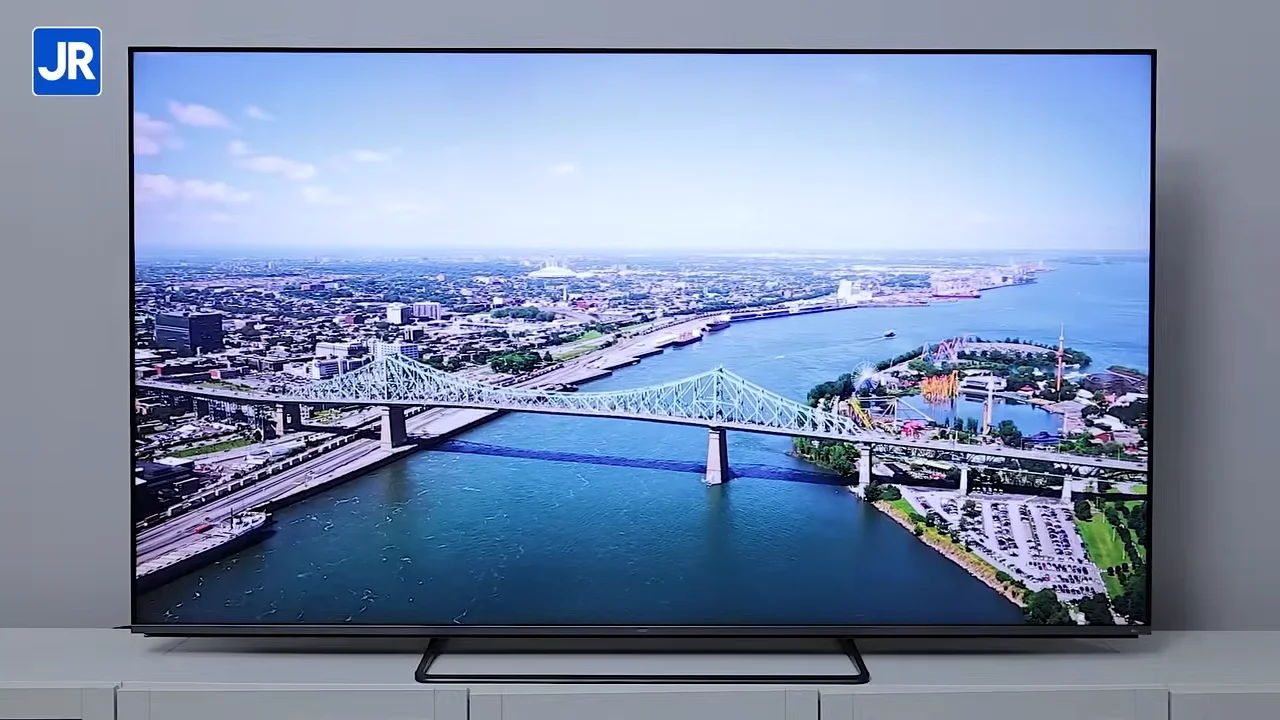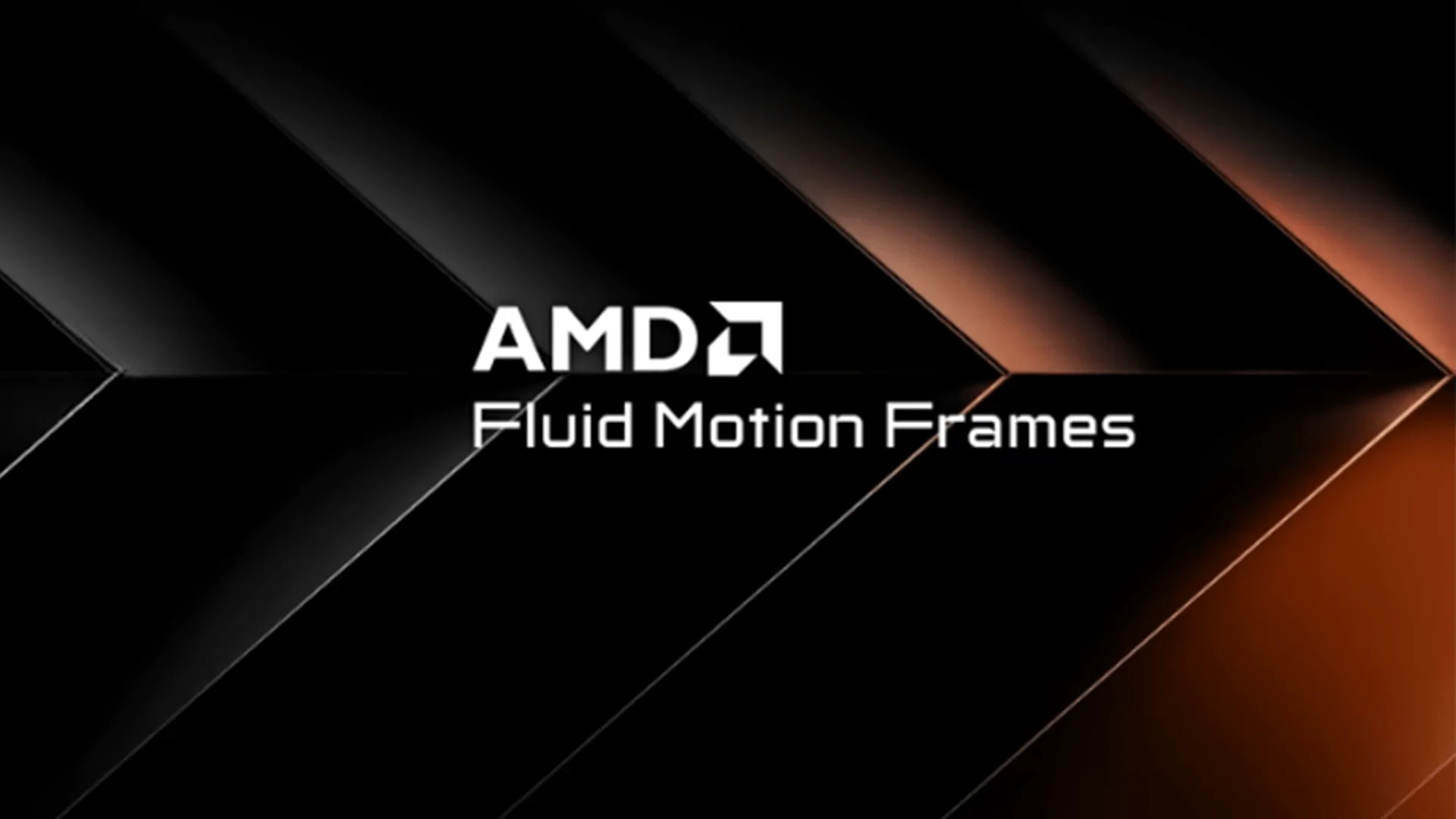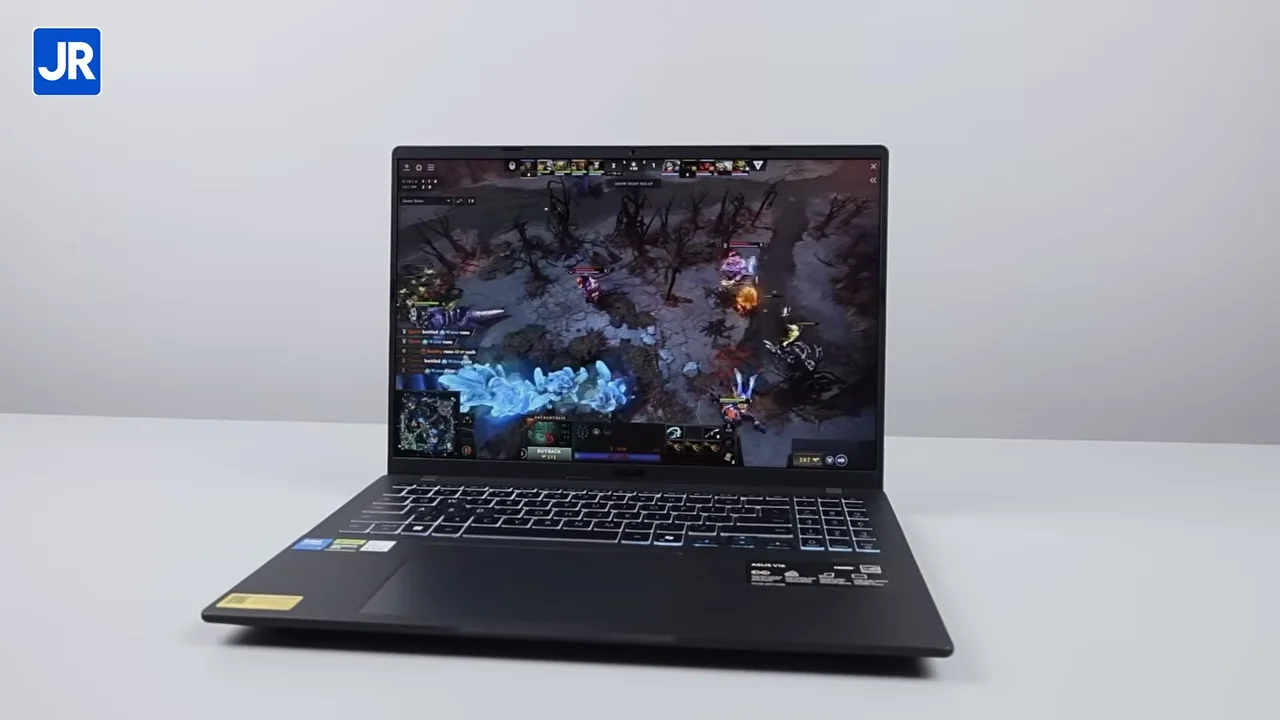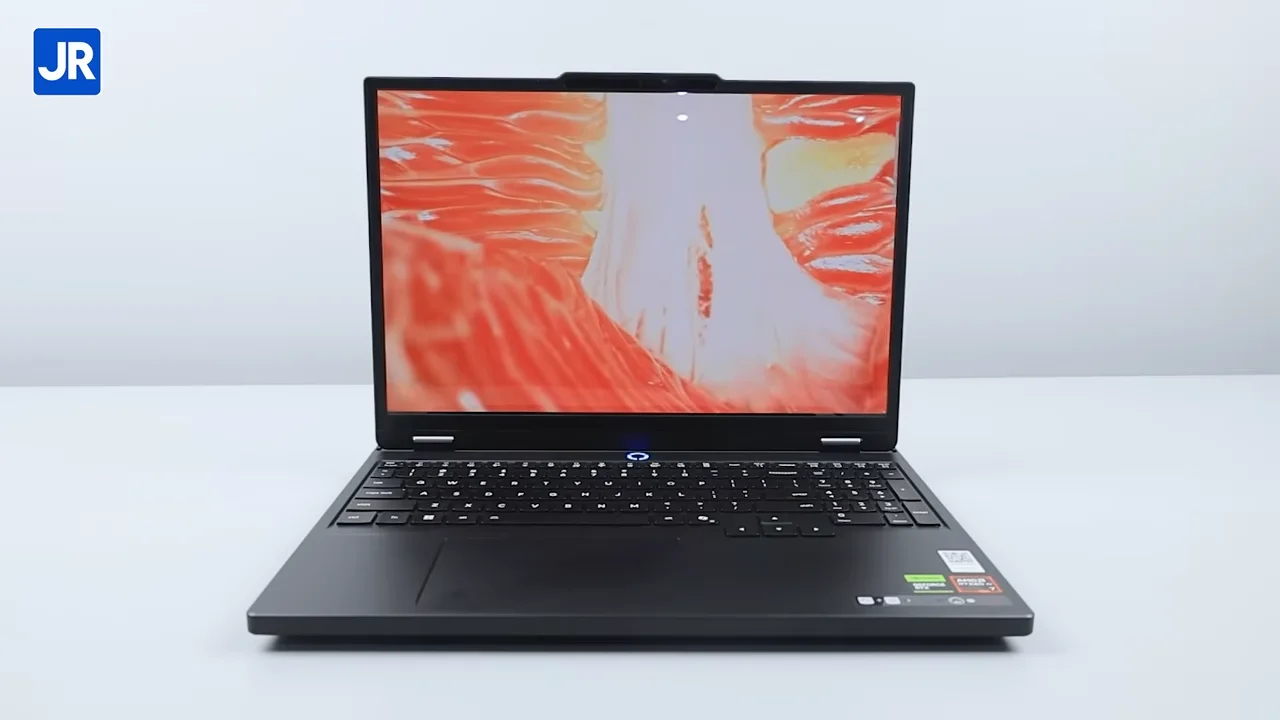The Sandy Bridge Review– Architecture, Technology, and Features
Overclocking on the Sandy Bridge

Compared to Intel’s previous-generation CPUs, Sandy Bridge behaves differently when it comes to overclocking. Before Sandy Bridge, BCLK value can be easily modified to increase the processor’s clockpeed while other components would remain largely unaffected. With Sandy Bridge, however, the BCLK is fixed at 100 MHz, and any slight change to that amount will also affect the operating frequency of inter-related peripherals, such as the PCI-Express and SATA. Any adjustment to the BCLK value, therefore, could have severe impacts on those components as well.
With BCLK out of the picture, how do you overclock the Sandy Bridge then? One logical way of doing that is by increasing the multiplier value on “K” series Sandy Bridges since these CPUs will have their multiplier unlocked. Non “K” Sandy Bridges are, unfortunately, not very much overclockable since both the BCLK and multiplier are pretty much restricted. Non “K” Sandy Bridges are intended for those who are not interested with overclocking, and the “K” series Sandy Bridges are best suited for enthusiasts looking to pair their Sandy Bridge processor with an P67 motherboard.
New Platforms for Sandy Bridge
Sandy Bridge processors are meant to be paired with the new Intel series 6 chipsets. No less than 10 series 6 variants have been announced, consisting of five desktop chipset and another 5 intended for mobile platforms. The desktop chipsets are the P67, H67, H61, Q67, and B65, while their mobile siblings are the QS67, QM67, HM67, HM65, and UM67.
Intel has also introduced a new kind of CPU socket, the LGA 1155, that will accommodate Sandy Bridge processors. Note that you cannot use the new CPU on older LGA 1156 motherboards. Good news is, both sockets (LGA 1155 and LGA 1156) share a similar HSF mounting construction. This allows you to use LGA 1156 HSF on the new LGA 1155 platform.

In the above table, you can see the key differences between the available models of Intel series 6 chipsets (desktop variants). Two variants will be widely available for consumers in general: the P67 and H67. The latter seems to be aimed at HTPC users or casual computer users who have no need for a dedicated (add-on) graphics card. P67, on the other hand, is designed with enthusiast users in mind.


The diagrams above reveal functionality of P67 and H67 chipsets. Both the P67 and H67 have native SATA III (SATA 6Gbps) support. Of the six SATA ports that can be found on motherboards with these chipsets, two are SATA III ports while the rest are SATA II. One of the major features of the P67 that sets it apart from the H67 is the ability to allocate 8 PCI-Express lanes to each PCI-Express x16 slot, thus allowing users to deploy multi-graphics SLI or CrossfireX solutions on their system. Although both chipsets support only the slower USB 2.0 interface by default, motherboards manufacturers will likely add their own USB 3.0 controller chips to add support for that newer interface on their final products
























